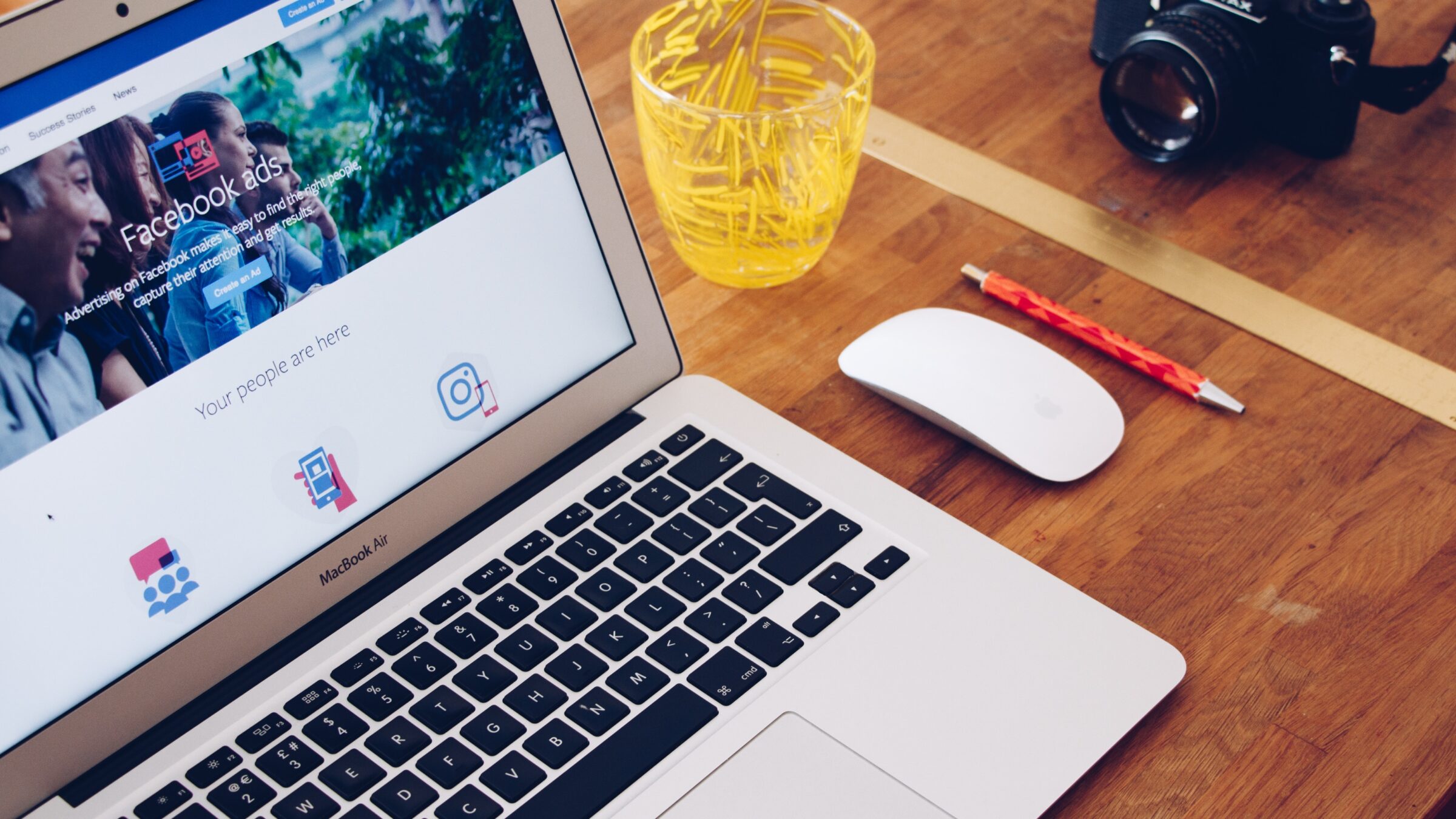Want to get the most out of your Facebook advertising budget and reach an audience tailor-made to your advertising objectives? Maybe it’s time you considered using Facebook pixel.
Facebook defines pixel as “an analytics tool that allows you to measure the effectiveness of your advertising by understanding the actions people take on your website.” The pixel is a string of code that lives on your website and tracks your visitor’s journey as they interact with your web pages.
The code is activated when people take certain “events” on your page, such as completing newsletter signups or abandon their cart. Once the Facebook pixel reports this information, Facebook connects the traffic data to the visitor’s Facebook account.
Facebook tracks and reports to you who is on your website, what they do on your website and how long they spend on your website. With this data, you can target your ads more effectively to people who are likely to take your desired action.
For detailed instructions on how to install Facebook pixel into your website, watch Facebook’s pixel tutorial.
Once you have your pixel installed you can:
Optimize for conversion
Not seeing the level of conversion wanted from your ads? With Facebook pixel, you can optimize your ads for specific conversions. Facebook does a lot of the heavy lifting for you. However, there are different conversion parameters you can use. It’s important to do some research before you decide which conversion to optimize for.
Familiarizing yourself with conversion events (both standard events and custom conversions) and conversion windows (how much time from the initial event hit you want to target) will help you better decide how and when to use your pixel data for optimization.
Create a Lookalike audience
Don’t guess who your target audiences are and how to reach them using the targeting parameters in Facebook Business Manager. Use the pixel to help you to create a group of people to target your ads to, based upon the demographic data of those who took actions on your website.
Getting your desired audience not only to see but also to act upon your ads can seem like a daunting task. However, taking advantage of the tools Facebook provides, such as pixel, can help you cut back on some of the guess work.Click To TweetOnce a person takes an action on your website that you set the pixel to respond to (i.e., page view, purchase, lead), Facebook adds their demographic data to a core audience. Facebook then uses this core audience to find others who have similar qualities and likelihood to make the same action.
Measure
Using lookalike audiences and optimizing for conversions is great, but it may take a couple of tries to install the optimal set of “event” codes into your website and you are optimizing for the right conversions. Keeping an eye on your pixel analytics can help you refine your settings.
Pixel analytics provides data in easy to digest graphs and reports that break down:
- When your users are active
- Top landing pages
- Traffic sources
- Bounce rate
- Top exit pages
- The gender, age and location of those on your website
How deep you want to dive is up to you.
For more insights on communication and brand strategy, industry trends and more, subscribe today to the Weekly Buzz here.
